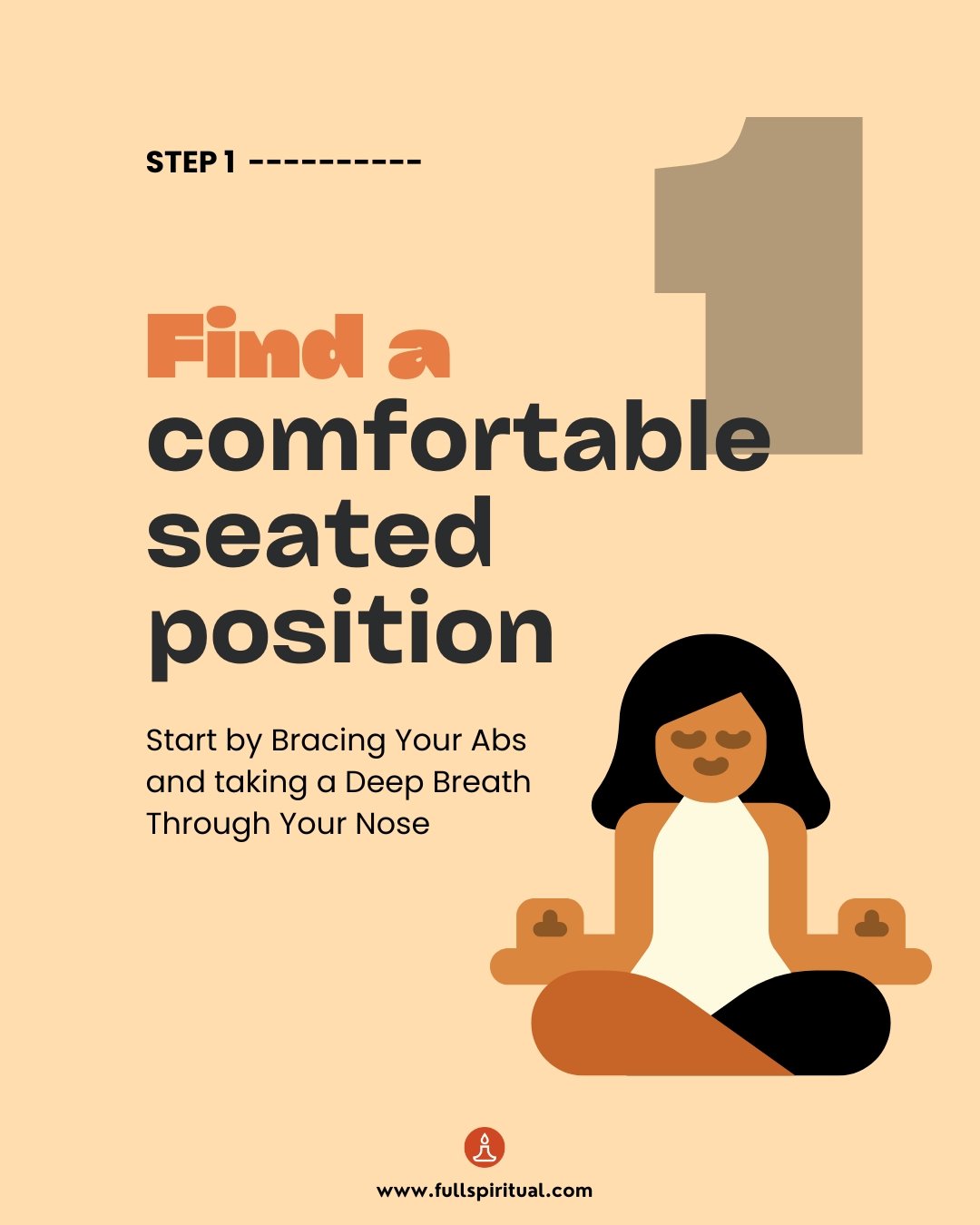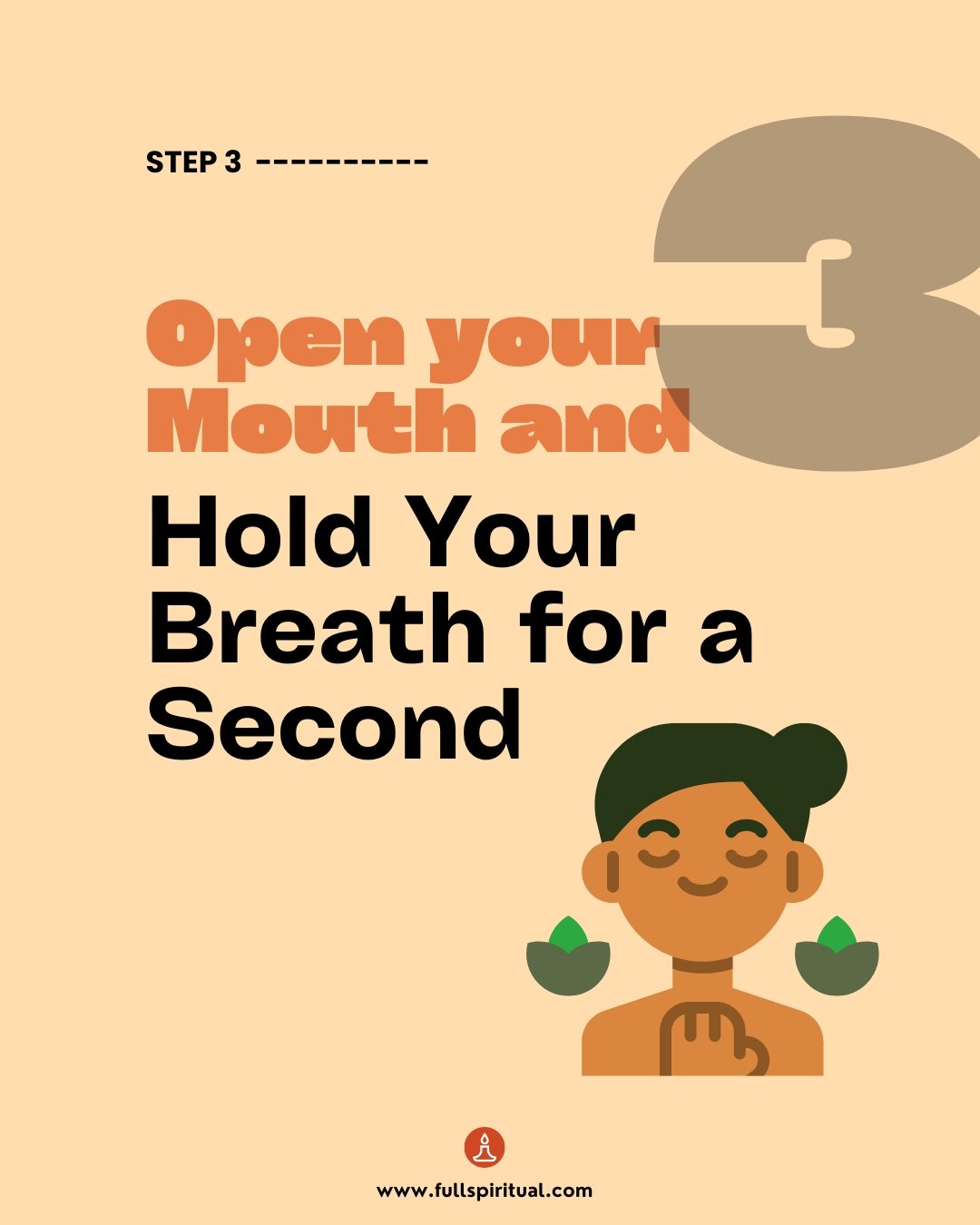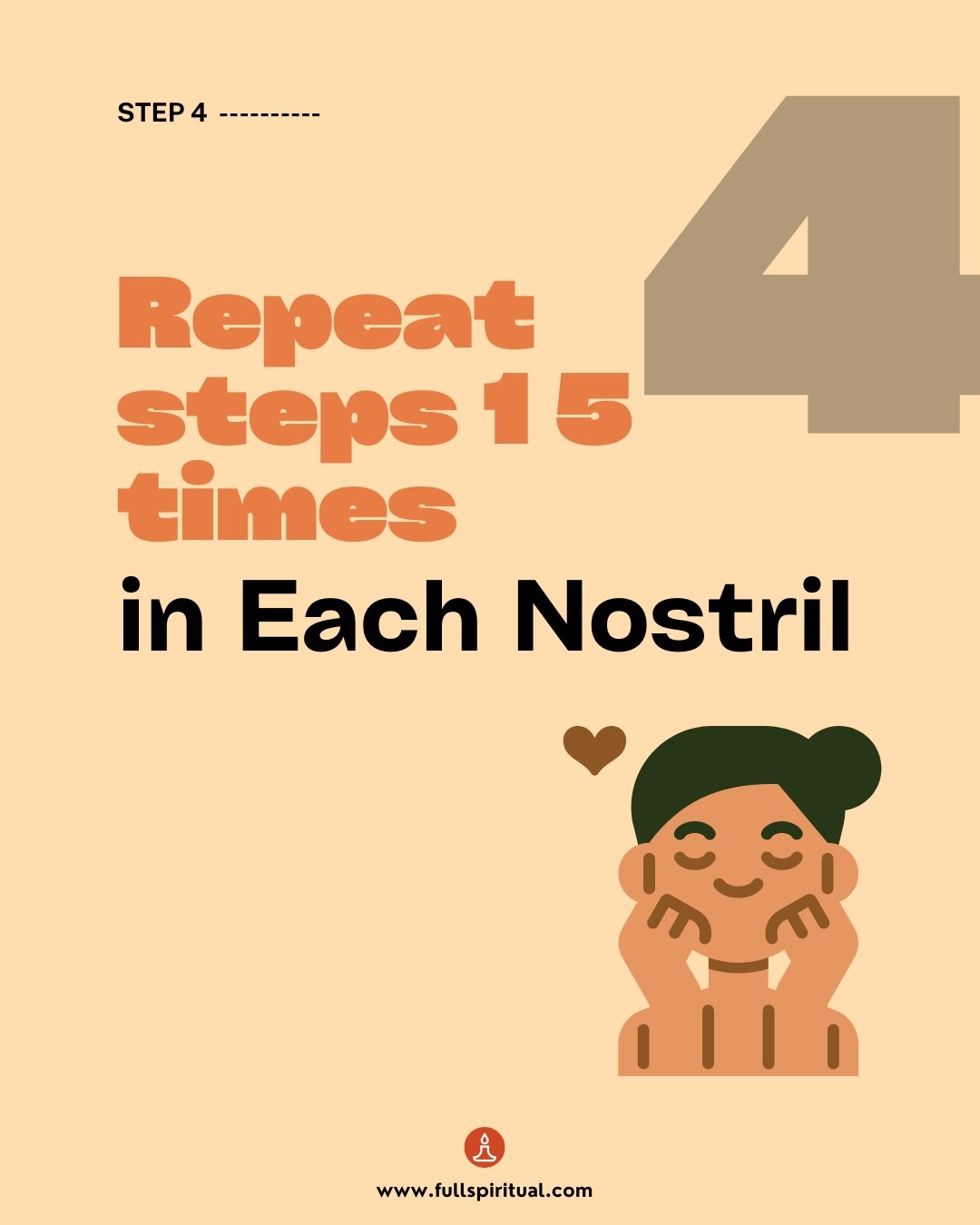Meditation
Unlocking Ancient Secrets: The Mind-Blowing Benefits of Alternate Nostril Breathing Revealed!
Alternate nostril breathing is a potent technique for relaxation that can be utilized at any time, anywhere. It offers numerous health benefits and should be part of your daily regimen!
Have you ever wondered what lies within the depths of those mysterious caverns? Or perhaps, have you ever felt compelled to explore their labyrinthine passages?
Discovering alternate nostril breathing has been likened to opening up an ancient temple sanctuary – offering you access to secrets long forgotten by others!
What Is Alternate Nostril Breathing?

In the course of our daily lives, we’re often so accustomed to performing tasks in a certain manner that we become unconscious of any other variations. For instance – if you live in one country and speak with someone from another, deciphering their dialect can be quite challenging!
It is an excellent opportunity to refresh and invigorate your routine. By employing this technique, it paves the way for expanding awareness into alternative methods of perceiving reality; fostering an understanding of how we relate to ourselves within our personal environments while also gaining an appreciation of what lies beyond such confines!
Let’s explore how this breathing can be employed as an invaluable tool for improving your inner equilibrium while also aiding with stress relief and overall well-being.
How to Perform Alternate Nostril Breathing:
Start by Bracing Your Abs and taking a Deep Breath Through Your Nose

If you are new to the concept of alternate nostril breathing, let me provide an introduction:
By exhaling through your nose and inhaling through one nostril while the other remains closed; this action allows our brain’s ‘calming response’ to take place.
Begin by taking a deep breath through your nose to fill it with air. Then seal it off with one hand while keeping your mouth closed and relaxing your facial muscles as much as possible – creating an appearance of calmness!
Eventually, some individuals may choose to open their mouths or even let out a few words. This is optional – you can even remain silent if you prefer!
Close Your Eyes and Visualize Your Chakras

In meditative practices, one of the most common visualizations is an imaginary journey through the major chakras. This exercise can feel like a trip down memory lane! We all experienced this somewhere in our lives; however, did you ever consider what could happen if you were to attempt to re-experience your past adventures while seated on a cushion – eyes closed?
Give it a try and see what happens. Close your eyes and envision yourself standing in front of any image that evokes fond childhood memories. Then picture yourself traveling back to that place once more only now without leaving any physical traces behind! If someone asks about where you’ve been, simply reply ‘There was no time for me here’.
Now
If you’ve ever experienced dizziness or vertigo, you know the anguish they can cause. This is a widespread experience not only in those with sensitive constitutions but also in those who are susceptible to motion sickness or even those who may have suffered from a stroke; any event that affects brain function can lead to debilitating symptoms like these!
So how does this relate to alternate nostril breathing? Well, if you’ve been contemplating this technique for some time now yet haven’t taken the plunge because of its potential side effects, allow me to enlighten you. When we breathe out through our mouths, exhalation typically reduces pressure inside the skull – which produces physiological effects such as reduced tension and anxiety levels and alleviating migraine headaches.
Open your Mouth and Hold Your Breath for a Second

Gasping for air sends adrenaline rushing into your bloodstream and heightens alertness. This is just one of many benefits derived from taking a momentary pause before expelling breath through the nose; however, it should be noted that this may prove unnerving to some people as they’re accustomed to taking quick breaths when necessary.
If your sense of drowsiness becomes overwhelming and you find yourself in need of waking up more quickly or if you wish to cultivate greater mental clarity then repeating the inhale process will surely help.
Rest for Five Seconds
So far we’ve discussed the basics of Nadi shodhana pranayama, but what is the ideal duration? To find out, let’s take a typical five-second session and evaluate how long it takes.
Five seconds may not seem like much time – but if you experience any level of stress or anxiety during this period then chances are that you’ll need a little more than that to adapt!
For me, a short burst of alternate nostril breathing provides relief from anxiety and can even help one fall asleep. I typically inhale for about three seconds followed by an exhalation for one second before taking another breath in through my nose.
Repeat the Process 15 Times in Each Nostril before Moving on to the Other Side

Performing the alternate nostril breathing process a few times is sufficient to begin seeing results. However, you can continue with this technique for as many repetitions as it takes for your mind to settle into its new routines – especially if you haven’t practiced before!
Do not fret if you are finding yourself unable to remain within the confines of one side of your nose. No pressure should be applied; it is quite alright if you breathe through both in succession. Ultimately, just take note of when alternating becomes effortless and proceed accordingly.
Understanding the Mechanics of Alternate Nostril Breathing
The role of nostrils in breathing
The nostrils play a vital role in the process of breathing. Each nostril is connected to the opposite side of the brain, and they alternate in dominance in a phenomenon called the nasal cycle. This cycle is believed to have an impact on various physiological and cognitive functions and is the basis for the practice of alternate nostril breathing.
The connection between alternate nostril breathing and the nervous system
It has a direct impact on the nervous system, particularly the parasympathetic nervous system, which is responsible for the body’s rest response. By activating the parasympathetic nervous system, this breathing helps to promote a state of calmness and relaxation, reducing stress and anxiety.
Comparison with other yoga breathing techniques
While this breathing is a popular yogic breathing technique, it is not the only one. There are various other breathing techniques, such as Pranayama and Box Breathing, that can be incorporated into your practice. Each technique has its unique benefits and purposes, so it is important to explore and find the techniques that work best for you.
Potential Benefits and Risks of Alternate Nostril Breathing
How this can help in meditation
It can be a valuable tool in meditation practice. Focusing on the breath and alternating the nostrils, it helps to bring attention to the present moment, increasing mindfulness and concentration. It can also help to calm the mind and prepare it for deeper states of meditation.
Exploring the physiological benefits
Physiologically, it has been found to have several benefits. It can improve overall respiratory function, increase lung capacity, and enhance oxygenation of the blood. It has also been shown to have a positive impact on heart rate, blood pressure, and stress hormone levels.
Possible risks and precautions when practicing alternate nostril breathing
While this breathing is generally considered safe for most people, there are a few precautions to keep in mind. If you have any pre-existing respiratory or cardiovascular conditions, it is advisable to consult with a healthcare professional before starting this practice. It is also important to practice in a comfortable, seated position and avoid any excessive strain or forceful breathing.
Incorporating Alternate Nostril Breathing into Your Routine
To make nadi shodhan pranayama a regular part of your routine, it can be helpful to set aside dedicated time each day for practice. Find a quiet and peaceful space where you can sit comfortably, and create a relaxing atmosphere with soft lighting or calming music. Starting with just a few minutes each day, gradually work your way up to longer practice sessions.
It can be combined with other pranayama techniques to deepen your breath practice. For example, you can incorporate deep belly breathing or 4-7-8 breathing alongside nostril breathing to create a more comprehensive breathing practice. Experiment with different combinations and find what works best for you.
Yoga sessions provide a great opportunity to incorporate alternate nostril breathing. You can start your practice with a few rounds of alternate nostril breathing to center yourself and bring awareness to the breath. You can also interweave the practice throughout your yoga sequence, using it as a tool to connect with the body and deepen your practice.
FAQs
Q: How do I practice alternate nostril breathing?
A: To practice nadi shodhan pranayama, sit in a comfortable position and bring your right hand up to your face. Use your right thumb to close your right nostril and your ring finger or middle finger to close your left nostril. Start by inhaling through your left nostril, then close the left nostril and exhale through your right nostril. Continue by inhaling through your right nostril, closing it, and exhaling through your left nostril. This completes one round.
Q: How many minutes of alternate nostril breathing should I do?
A: It is recommended to start with 5 minutes of alternate nostril breathing and gradually increase the duration as you become more comfortable with the practice.
Q: How many rounds of alternate nostril breathing should I do?
A: You can start with 5 rounds of alternate nostril breathing and gradually increase the number of rounds as you progress in your practice.
Q: What are the benefits of alternate nostril breathing?
A: It has various benefits, including promoting relaxation, reducing anxiety, balancing the body and mind, improving concentration, and lowering stress levels.
Q: Can alternate nostril breathing be practiced during yoga or meditation?
A: Yes, alternate nostril breathing can be practiced as a part of your yoga or meditation routine. It is a common technique used to calm the mind and prepare for deeper relaxation or meditation.
Q: How frequently should I practice nostril breathing?
A: It is beneficial to practice alternate nostril breathing regularly, ideally every day. However, even a few minutes of practice can have a positive impact on your overall well-being.
Q: Is there any other name for alternate nostril breathing?
A: It is also known as nadi shodhan pranayama in the art of living and yogic breathing exercises.
Conclusion
Unlocking ancient secrets is a thrilling endeavor, don’t you agree?
If you’re interested in taking up alternate nostril breathing, be sure to practice it daily. It will become an integral part of your life once mastered; providing increased well-being and peace of mind along with greater mental clarity and relaxation capability!

